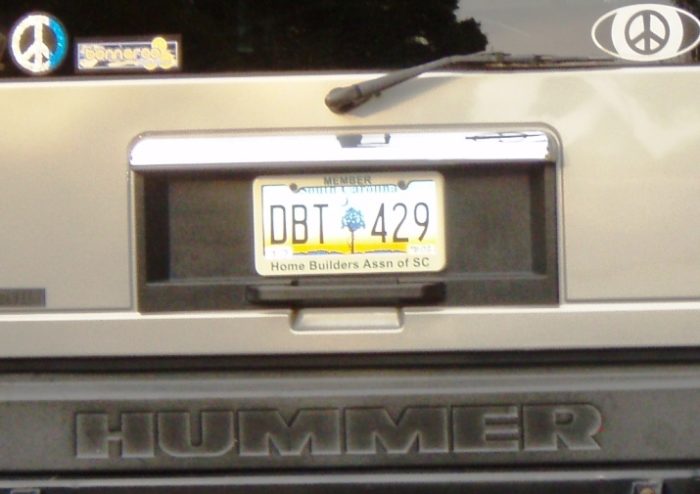
Image Credit: Michael Chandler
The National Association of Home Builders (NAHB) is actively fighting the American Clean Energy Security Act, arguing that additional energy savings beyond 30% will be impossible.
The NAHB has just announced a dual certification partnership with the Department of Energy’s Builders Challenge, which certifies buildings that perform in excess of 30% better than code.
I’m trying to work this out. Is 30% improvement impossible, or is it just part of our program?
I’m joking, of course; 30% to 50% improvement in energy performance is proven, practical, and affordable.
And I think I understand the NAHB’s thinking, too. It’s hoping to use its program to encourage green building through education and market development while holding off mandated improvements to the building code,etc. that would negatively affect NAHB members who don’t get on the green building train. Does this make them “pro-choice”?
This weekend, in Charleston, S.C., for the Atlantic Green Conference, I stayed with a builder who does historic preservation in the area. He has restored some old beach houses to create a delightful bed-and-breakfast. He told me, “In this town, green building means you have two Dumpsters in the front yard, one for wood and one for trash.” He was hopping mad at rampant “greenwashing” and ready to do something about it. But at the same time, he’s driving a Hummer with peace sign decals stuck to it. I know we all pull tool trailers and trash trailers on a daily basis, so a big truck is just part of the deal but…it’s a complicated world.
The NAHB is seeking comment for the next iteration of the National Green Building Standard. Let them know what you think about duct blaster and blower door testing and PLEASE, PLEASE run your renovation projects through the online scoring tool and give feedback on how to make it more user-friendly.
Weekly Newsletter
Get building science and energy efficiency advice, plus special offers, in your inbox.





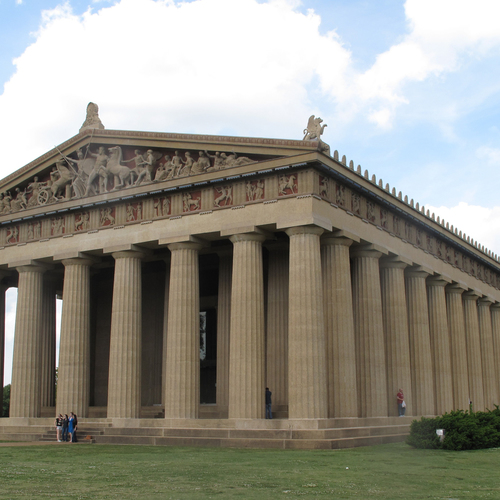
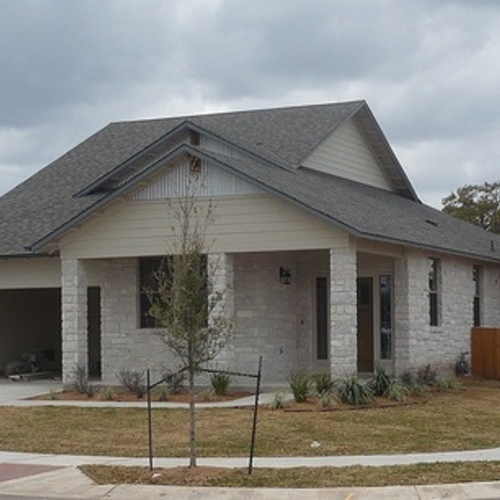
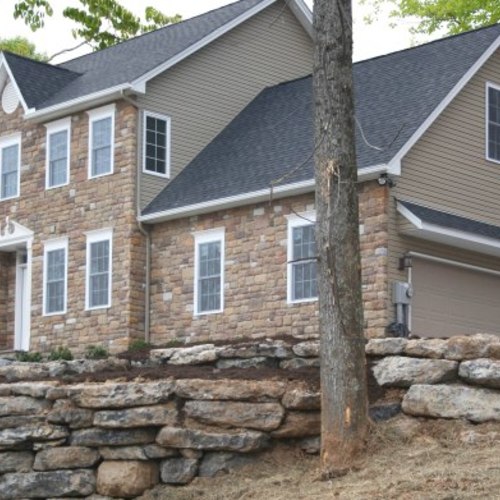
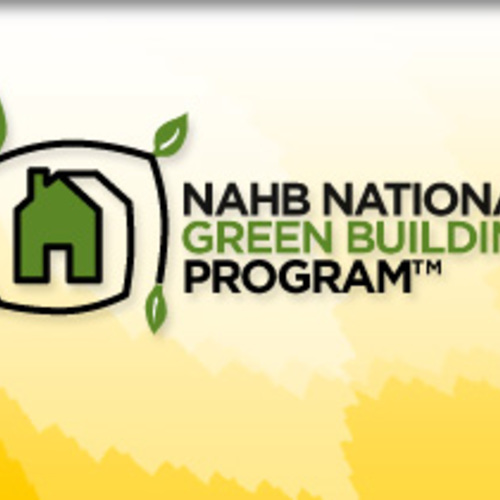






3 Comments
NAHB Contradictions
The NAHB clearly is covering their bases in both directions. Their development of Green Building Guidelines and its subsequent ANSI approval and adoption by ICC proves they know which way the current is moving. That they are hanging on to a non-mandatory public stance is their foot in the past and panders to much of the constituency. The ANSI Standards makes refrence to the "Adopting Entity", which could either be a local chapter of NAHB with a voluntary program, or it could be a state, county, or municipality adopting it as their own performance-based code. Here in Santa Fe we have adopted a localized version as our mandatory code. Our local code basically assumes Silver as a starting point and requires a HERS rating of 70 as a baseline minimum The state of New Mexico is making noises about adopting ANSI as a state-wide code but may come in with a Bronze minimum, which would be roughly in-line with Energy Star. Our local HBA leadereship participated with City officials in the development of our City Residential Green Building code and are therefore, needless to say, not opposed to a mandatory 30% solution nationwide.
Digging into the details.
Kim,
Thanks for writing, there are many in the NAHB and HBA's who are pushing the goal of getting to the point where every building is built and verified to green standards.
Actually the chairman of the NAHB, Joe Robeson, sent a letter to the editor of The Hill, which is where a lot of this latest stuff originated, to clarify the NAHB position that is pretty much worth reading.
The Executive Board of the NAHB has even come out in favor of thirty percent improvement in energy codes by 2012, three years from now, and voted on May 30 that "for the purpose of reducing greenhouse gas emissions, the National Association of Home Builders support changes in the 2012 International Energy Conservation Code (IECC) that increase the residential energy efficiency requirements by 30 percent above the 2006 Edition;" but that these changes should limited "any further increases in energy efficiency requirements for residential buildings to targets that are technologically achievable and economically justified;" and "that when Congress considers legislation to reduce emissions of greenhouse gases, NAHB encourage it to implement a balanced and comprehensive plan that fairly apportions the economic impact to all producer/user sources, including existing buildings;" and "that efforts to achieve enhanced energy efficiency in residential buildings not be limited to the building envelope, and that increases resulting from the use of more energy-efficient HVAC equipment be included in measuring the increase in efficiency;"
They went on to urge "that Congress not authorize the Department of Energy to develop a federal energy efficiency code or amendments to the IECC or any other model energy code that would effectively be a federal mandate for energy efficiency in residential construction." and that "that cost effectiveness and impact on residential construction practices should be considered in the development of any prescriptive path(s) to achieve the target for increased energy efficiency in residential buildings, and performance paths shall continue to be permitted;"
Like I said in my original blog, it's complicated, the NAHB is neither fully evil nor particularly saintly. And more than a little bit of a split personality.
But getting involved with the NAHB represents a unique and unparalleled opportunity to shift the market in a greener, and more energy efficient direction. To make the most of this we need to be working on the inside with clarity and patience.
Raising The Efficiency Bar
Thanks, Michael for this article.
I would be in favor of the 30% energy efficiency increase over the 2006 IECC offered by th NAHB by 2012. Any raising of the minimum efficiency standards will help move the entire industry in the right direction. The 2006 IECC, http://resourcecenter.pnl.gov/cocoon/morf/ResourceCenter/article/1596 is a good first step and a 30% improvement to these prescriptive requirements would be a progressive move towards reducing energy use.
Log in or create an account to post a comment.
Sign up Log in